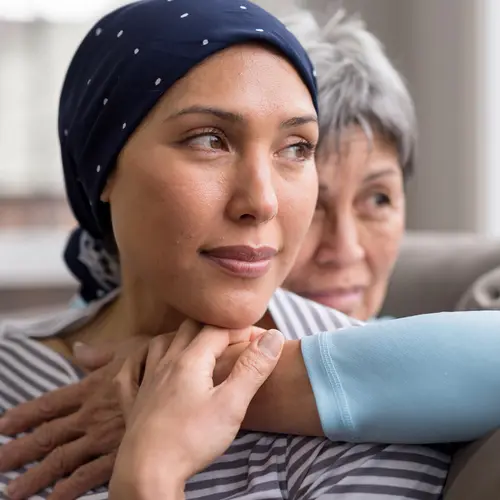After you have surgery or start chemotherapy or radiation for breast cancer, you might need some extra help to get back to your usual activities. Rehabilitation techniques, like physical and occupational therapy, can reduce pain, fatigue, and weakness. They also help you manage lymphedema, the swelling that can be a side effect of breast cancer treatments.
The kind of rehab you get depends on your particular needs. You might have it during your breast cancer treatment or afterward. You might get rehabilitation services in the hospital, at a rehab center, or at home.
Physical Therapy
If you have pain, stiffness, numbness, limited movement, or other physical problems due to breast cancer treatment, your doctor may recommend physical therapy. Physical therapists are trained to help people with injuries or illness recover and deal with pain and movement problems.
On your first visit to a physical therapist, expect to talk about your pain, swelling, and other issues. Your therapist will check how well you move your upper body and examine your arms, shoulders, and posture. Together, you'll come up with goals for therapy. Your physical therapist will create a plan for how to meet them.
Your therapy sessions might include:
- Massages
- Manual stretching to loosen your joints and muscles
- Strength and flexibility exercises, along with instructions for how to do them at home
- Techniques to prevent lymphedema, such as massage and compression bandages
Your physical therapist can also instruct you how to safely add more activity to your daily life. Keep in mind that this is not the time to push yourself too hard. The goal is to end up with less discomfort, better movement, and more energy.
Occupational Therapy
Occupational therapists focus on helping you do day-to-day tasks, from getting dressed in the morning to getting back to work.
Like physical therapy, occupational therapy helps you set goals and find ways to reach them. Your occupational therapist will look at where you struggle in your daily duties and come up with solutions to help.
Your therapist may:
- Suggest different ways to do activities, including using adaptive devices
- Help you prioritize and schedule tasks to make the most of your energy
- Show you ways to change your lifestyle or home to make things easier
- Teach you relaxation techniques to help manage pain or stress
- Help you deal with problems like "chemo brain" that affect your thinking
- Give you exercises to strengthen muscles you use in daily life
- Show you ways to deal with lymphedema, including exercise and skin care
In your sessions, you may focus on your most important daily tasks. You’ll learn to drop the others. Get tips on how to sleep and eat better so you have more energy. Join a support group to lower your stress. Feel more in control of your situation. And focus on small wins.
Exercise
Even if you don't need physical therapy, your doctor may suggest doing safe, low-impact exercise at home to help with your recovery. But don't start a fitness routine until your doctor says you're ready.
Not only does it help you get back to your normal routine, but research shows that exercise can boost survival rates in people with breast cancer.
It can also help to:
- Keep your arm and shoulder mobile after surgery or radiation
- Ease fatigue caused by cancer or its treatments
- Reduce nausea from chemotherapy
- Improve your sleep
- Reduce stress
- Give your sex life a boost
If you're not sure how to start, partner with a certified exercise trainer. Look for one with experience working with breast cancer survivors. Your doctor may be able to recommend a cancer exercise specialist.

